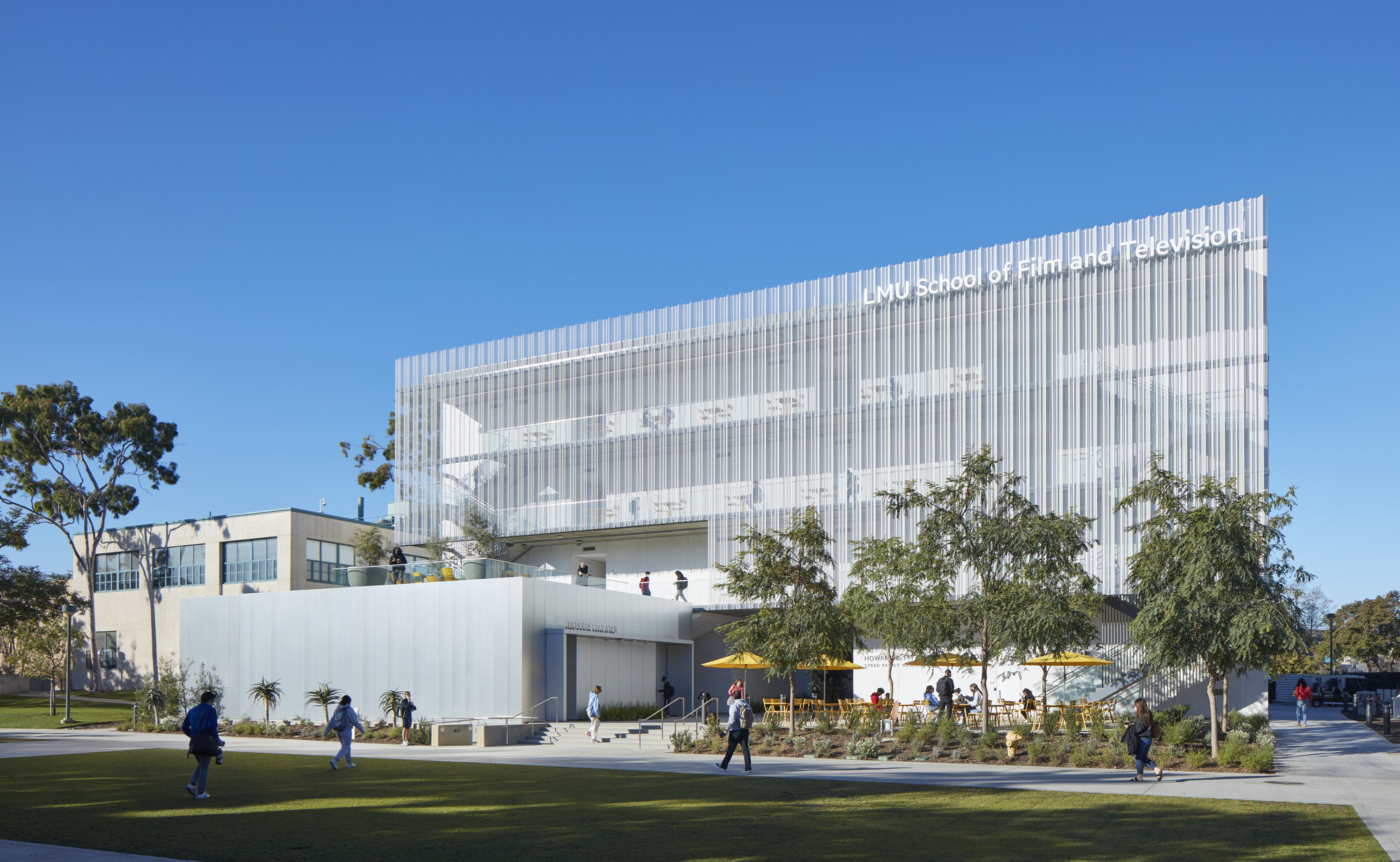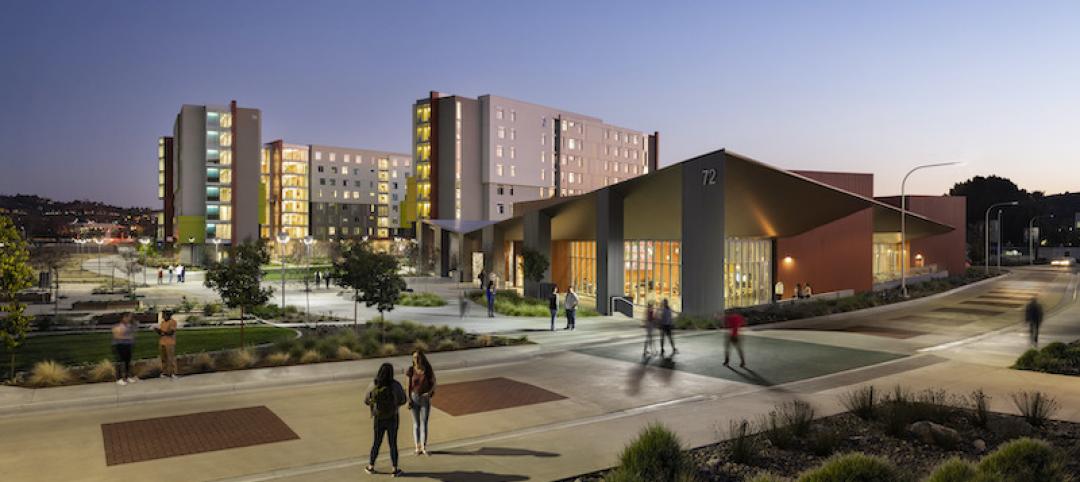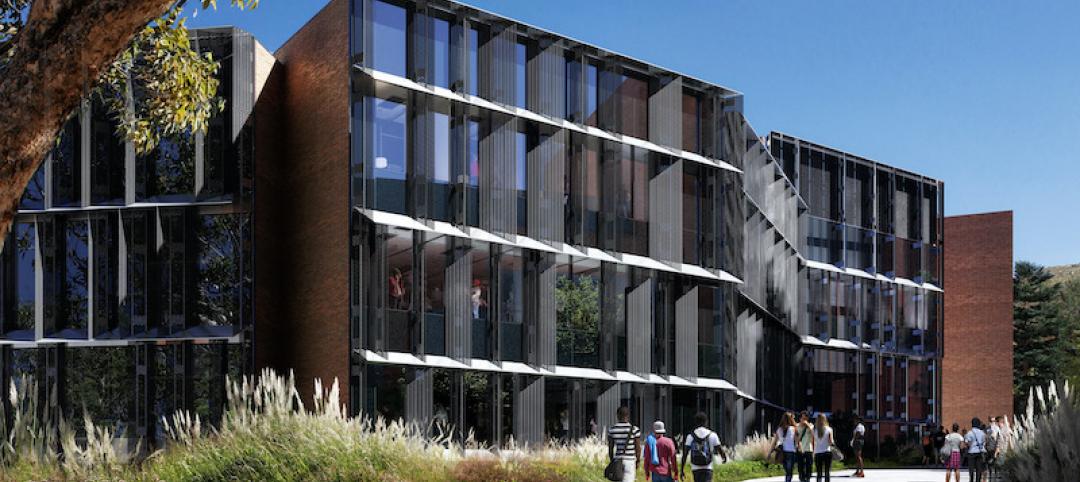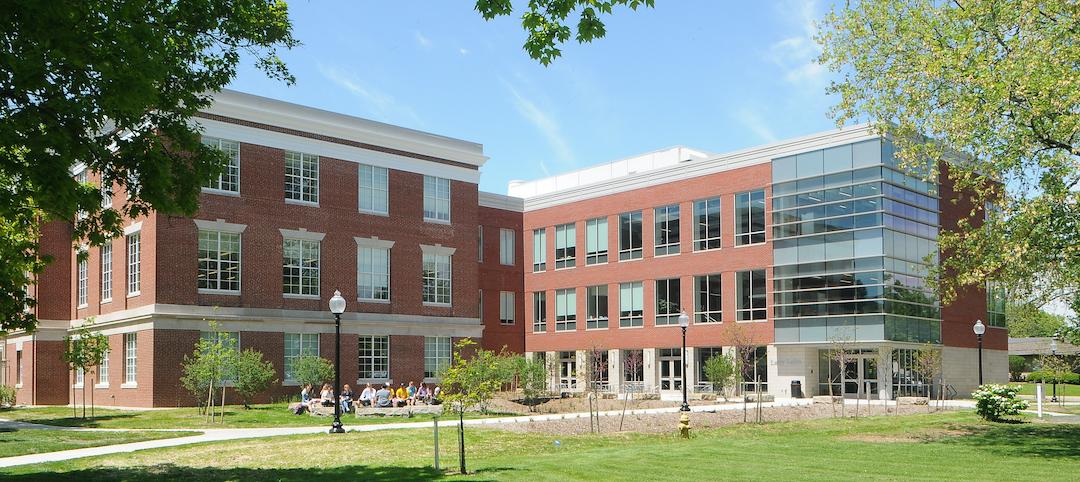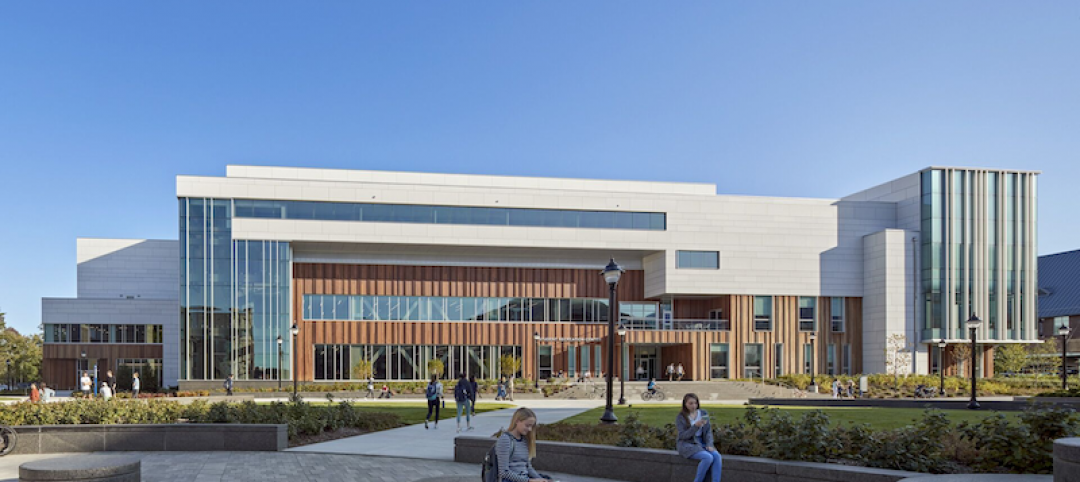California’s Loyola Marymount University (LMU) has completed two new buildings for arts and media education at its Westchester campus. Designed by Skidmore, Owings & Merrill (SOM), the Howard B. Fitzpatrick Pavilion is the new home of the undergraduate School of Film and Television, which is consistently ranked among the nation’s top 10 film schools. Also designed by SOM, the open-air Drollinger Family Stage is an outdoor lecture and performance space.
The four-story Fitzpatrick Pavilion features a semi-transparent brise soleil façade that shades outdoor spaces and seating while at the same time revealing the activity inside. The facility includes an 80-seat theater as well as open-air social spaces in the theater’s courtyard and on its rooftop. The Fitzpatrick Pavilion offers students 24-hour access to stop motion, film, and camera-directing studios, in addition to technology-rich post-production and animation labs.
Designed for the LMU College of Communication and Fine Arts, the Drollinger Family Stage is LMU’s first outdoor performance venue. The stage will host live theatrical and dance events, concerts, public lectures, and other engagements. The 1,600-sf stage can be fully enclosed or open on all sides.
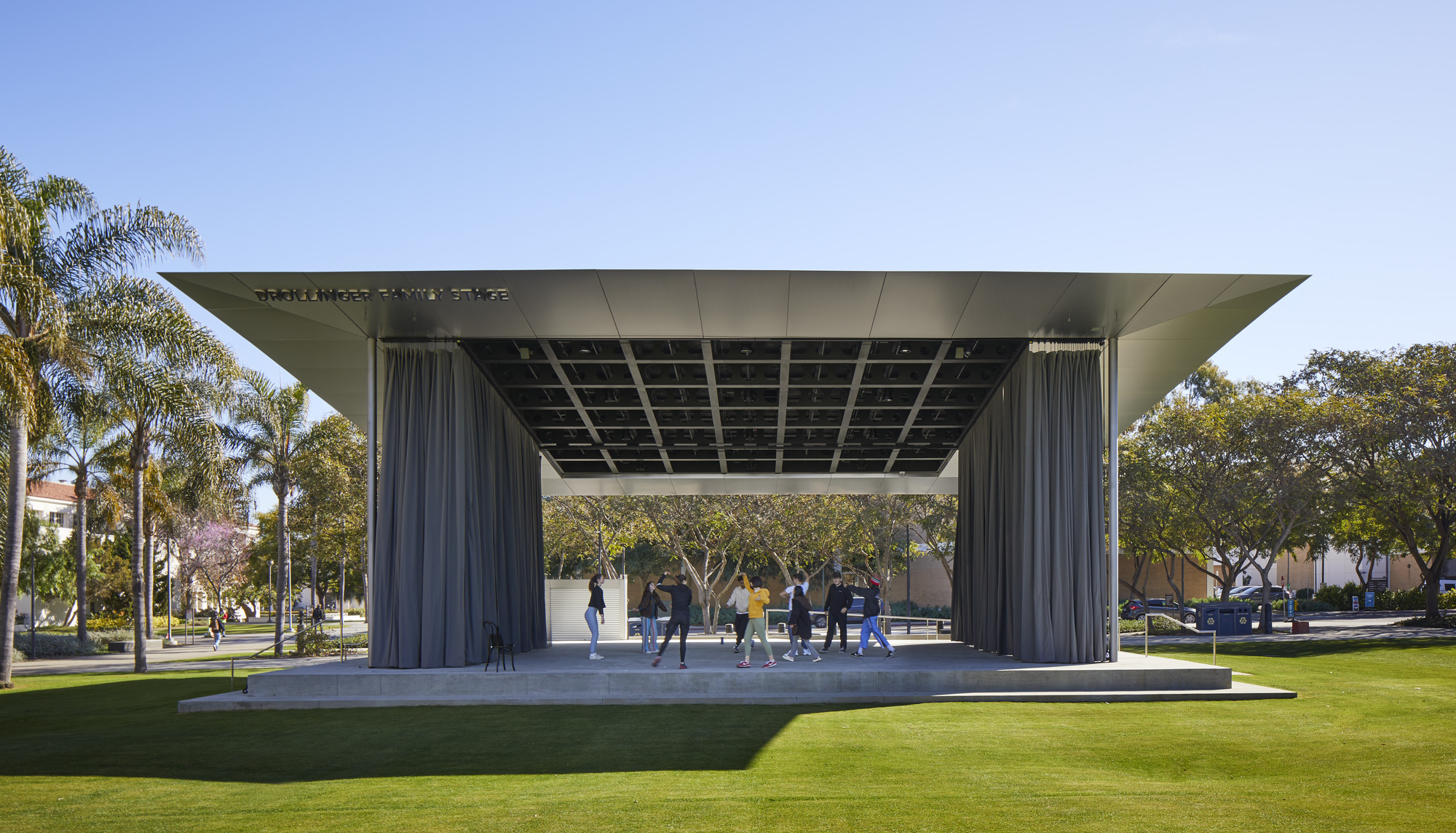
Previous SOM-designed facilities for LMU include an adaptive reuse project that provided administrative offices for LMU’s marketing, communications and university relations staff, and a new building for the Graduate School of Film and Television. Now underway, the renovation of LMU’s Strub Theatre will turn a traditional theater and dance stage into a flexible black box theater.
On the Building Team:
Architecture, interiors, structure, graphics: SOM
School of Film and Television consultants:
General contractor: WEO
Construction manager: AMA Project Management
Landscape: MIG
Civil engineering: KPFF
MEP: AMA Engineers
Lighting: HLB
Acoustics and audiovisual: Waveguide
Telecom/security: ITSDG
Drollinger Stage consultants:
General contractor: WEO
Civil engineering: KPFF
MEP: AMA Engineers
Lighting: HLB
Acoustics and audiovisual: Waveguide
Telecom a security: ITSDG
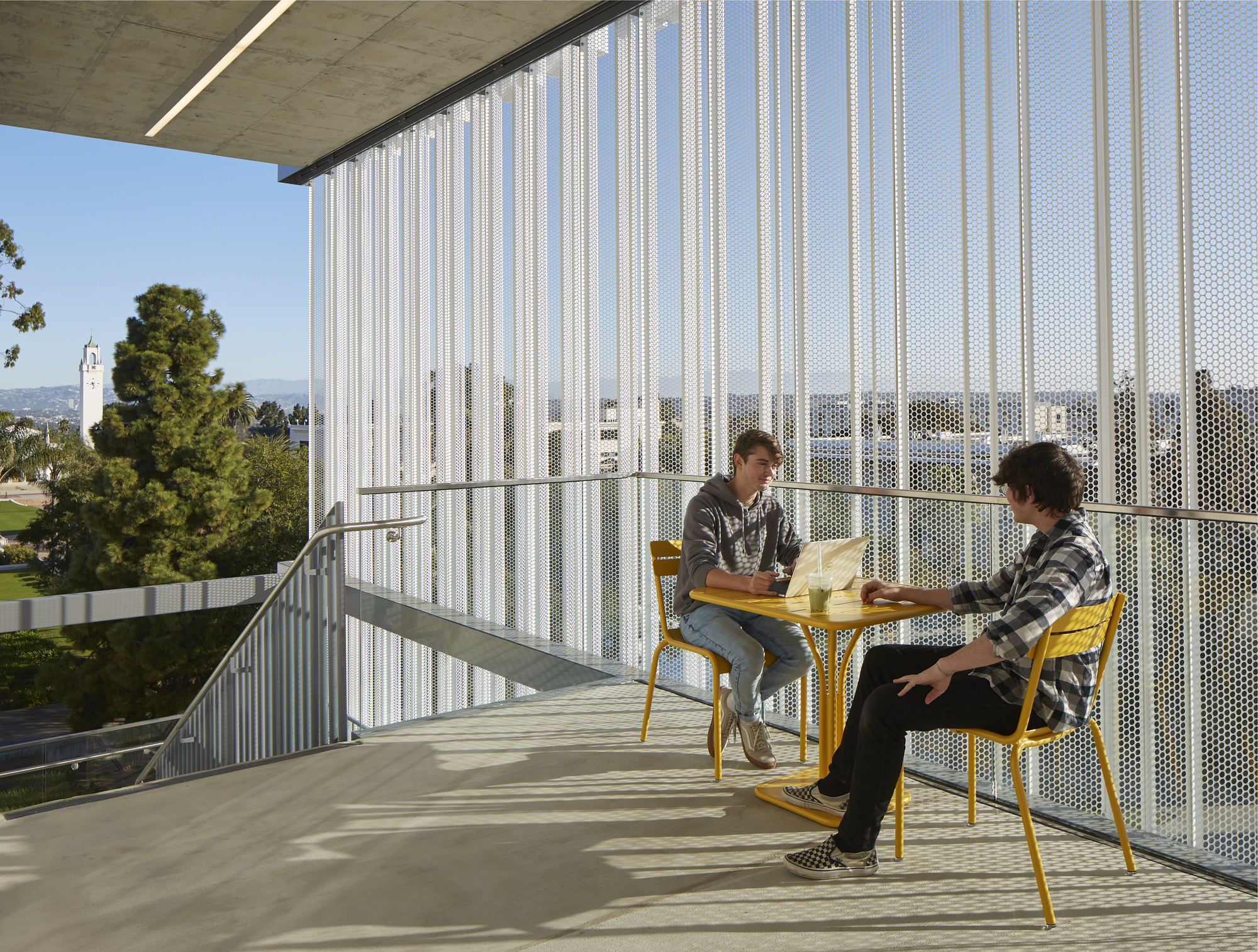


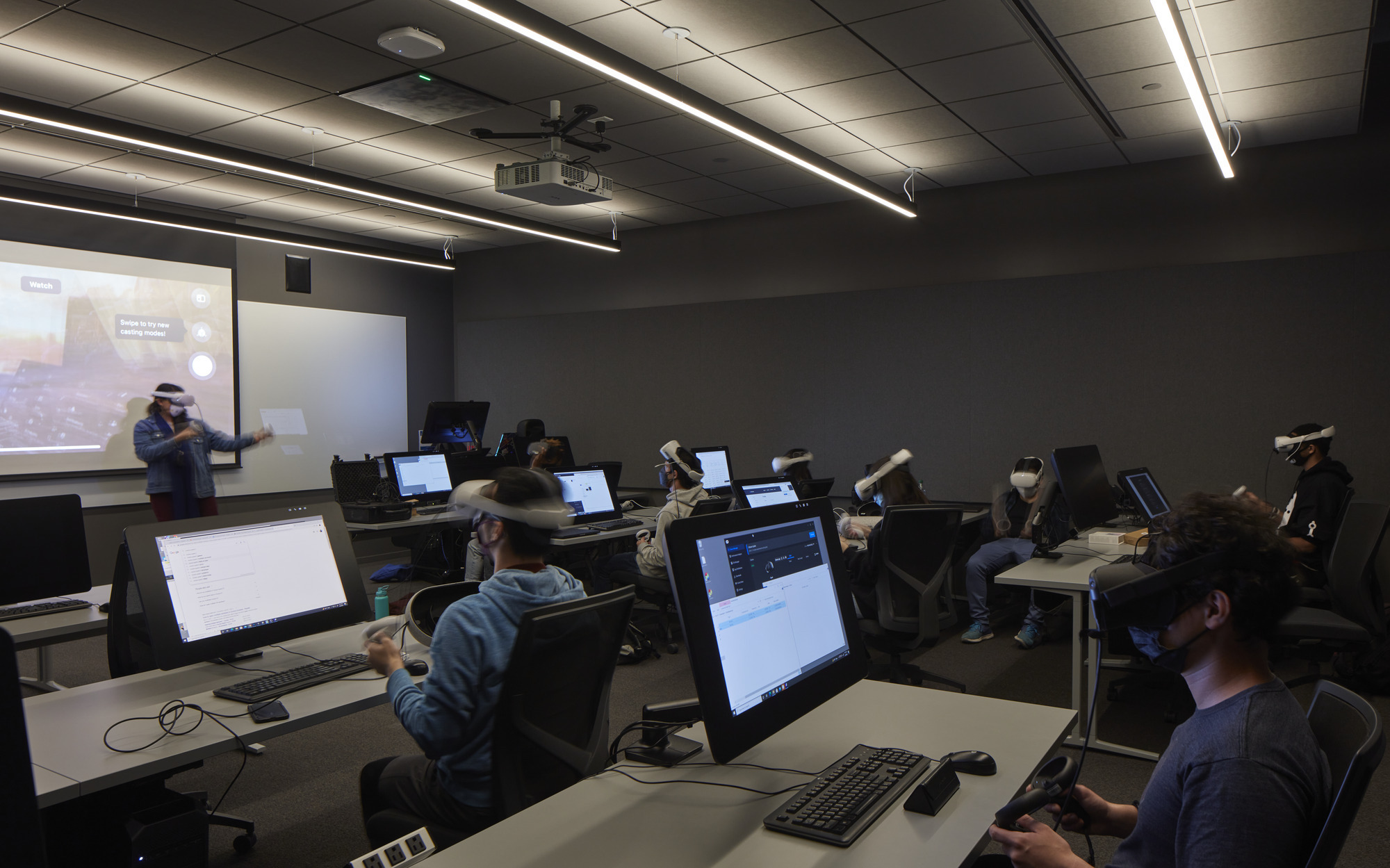
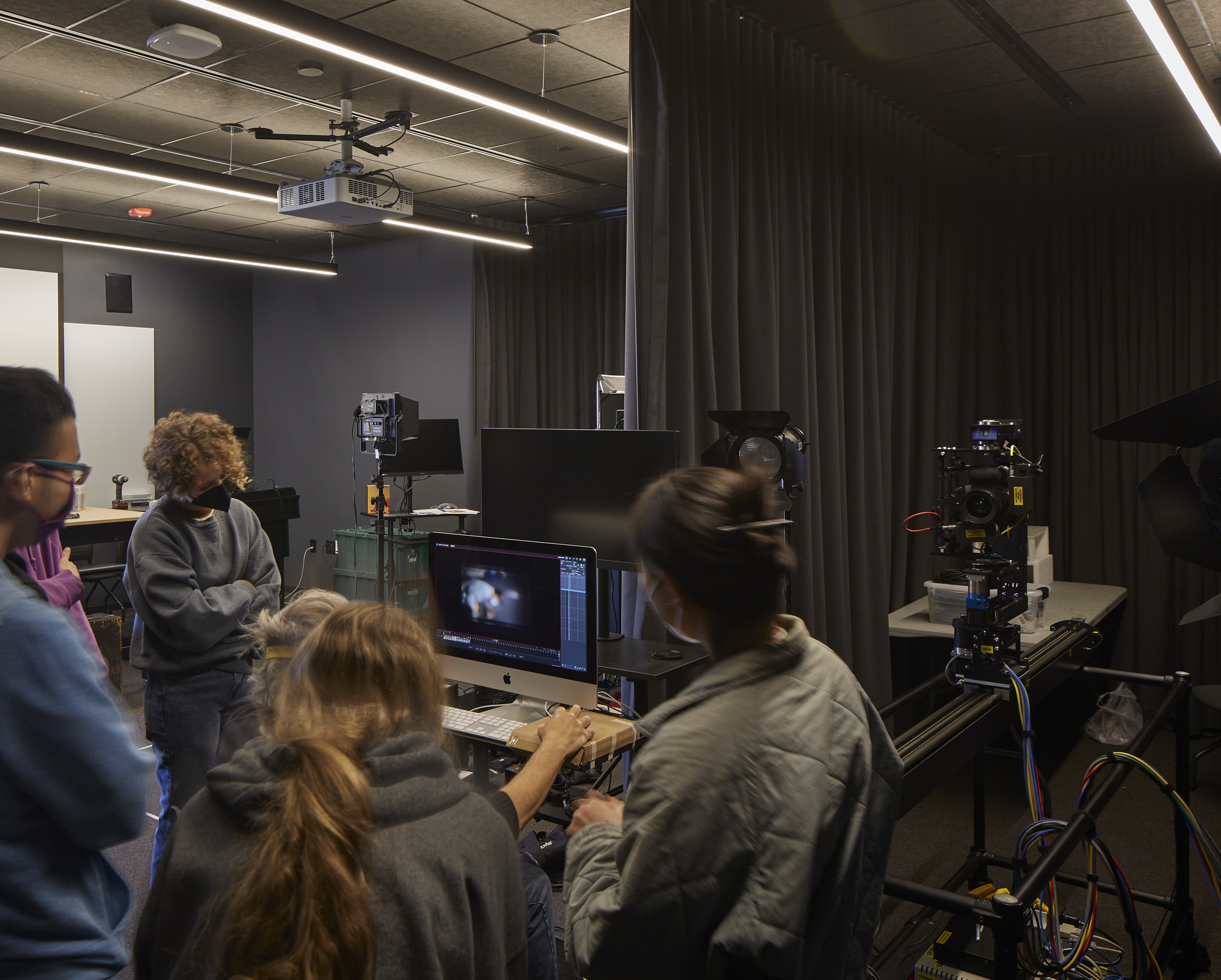
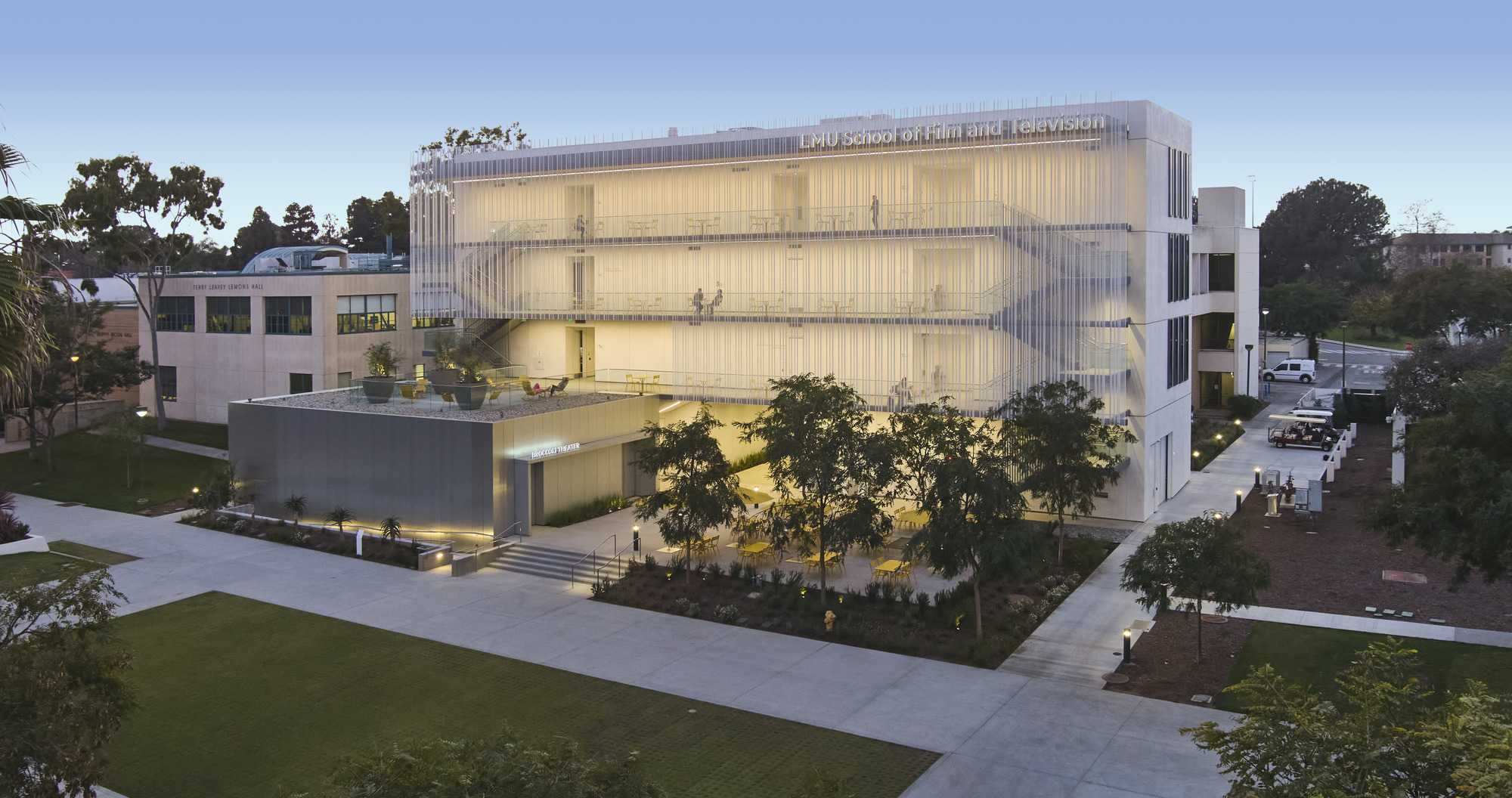

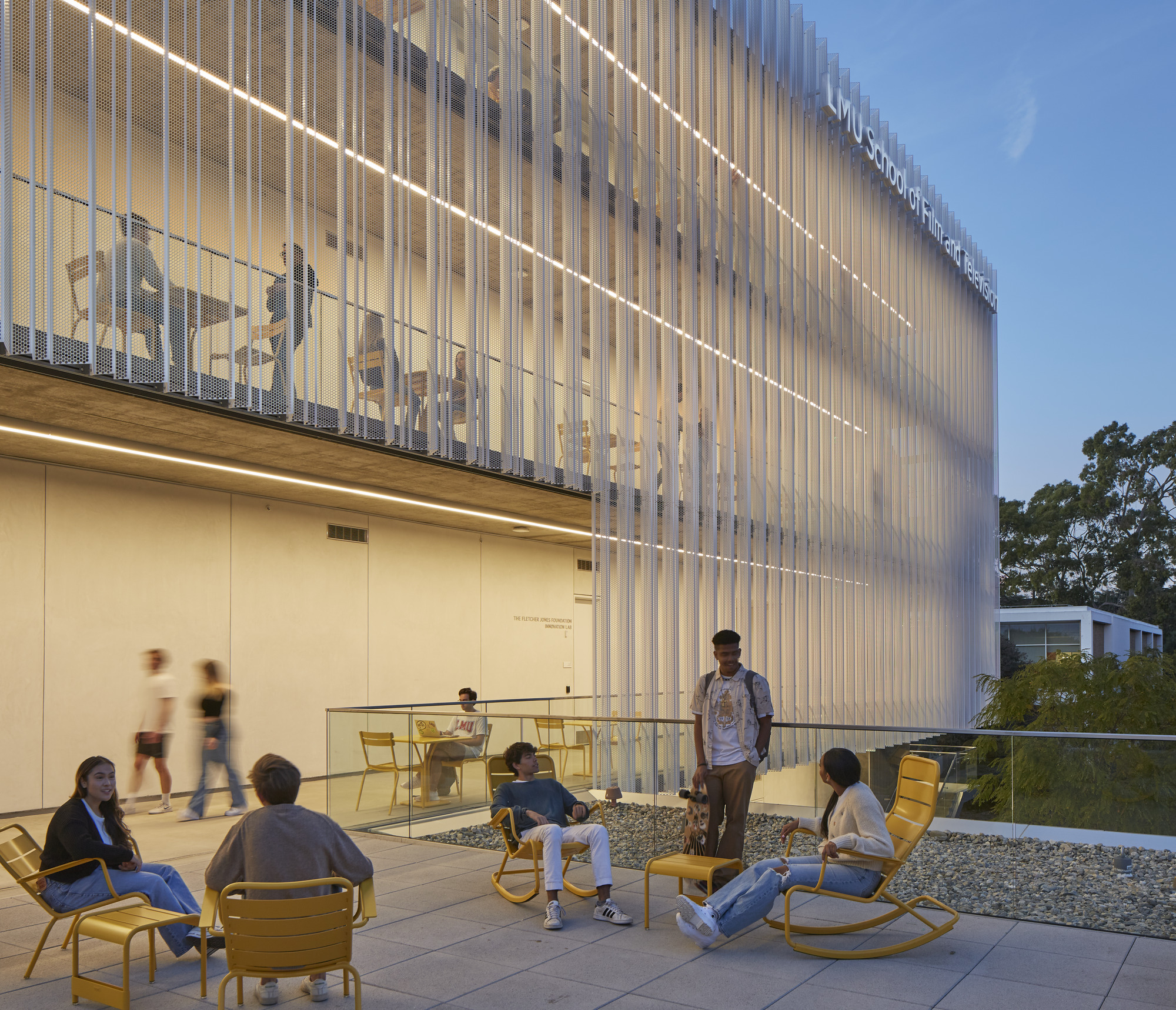
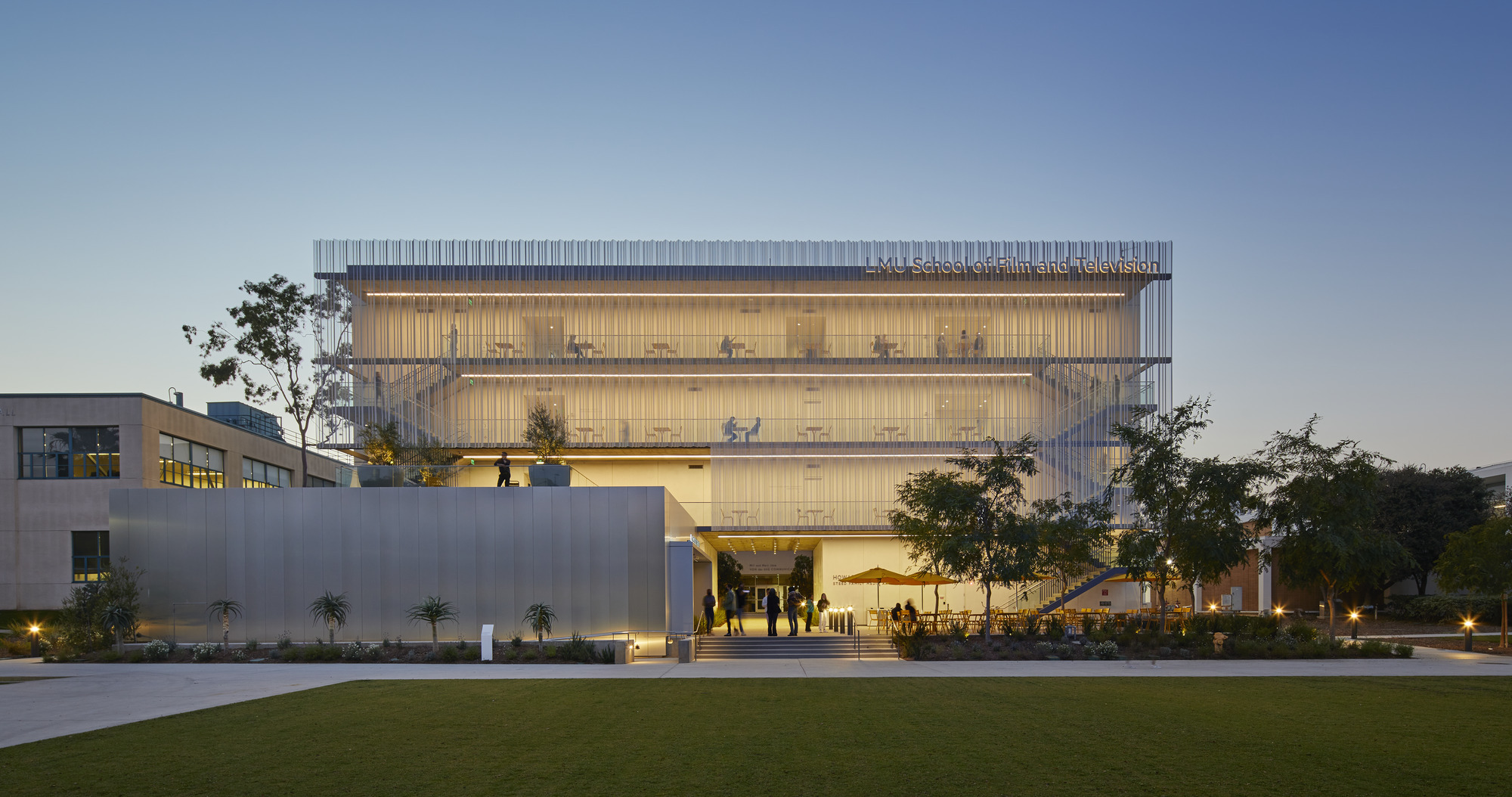
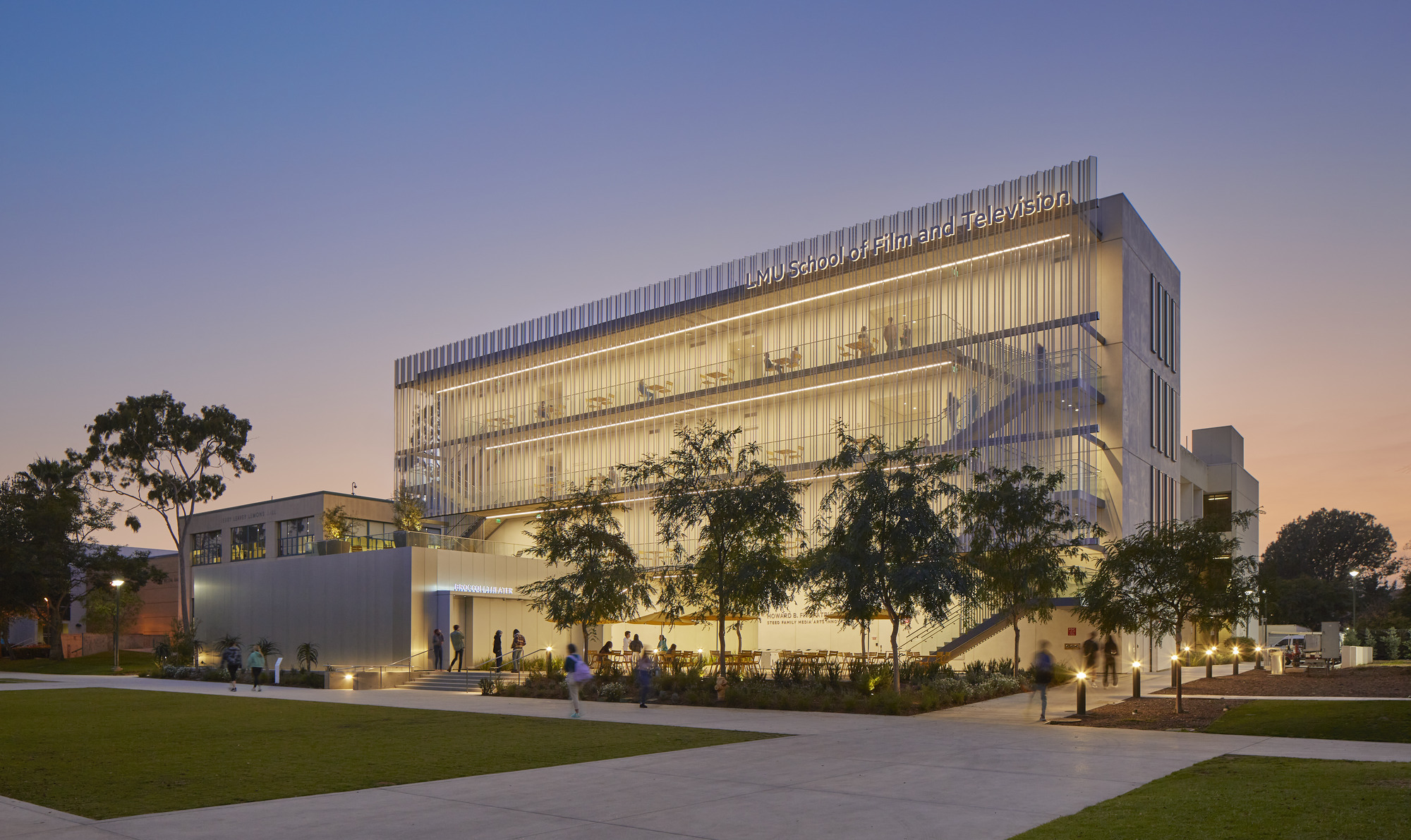
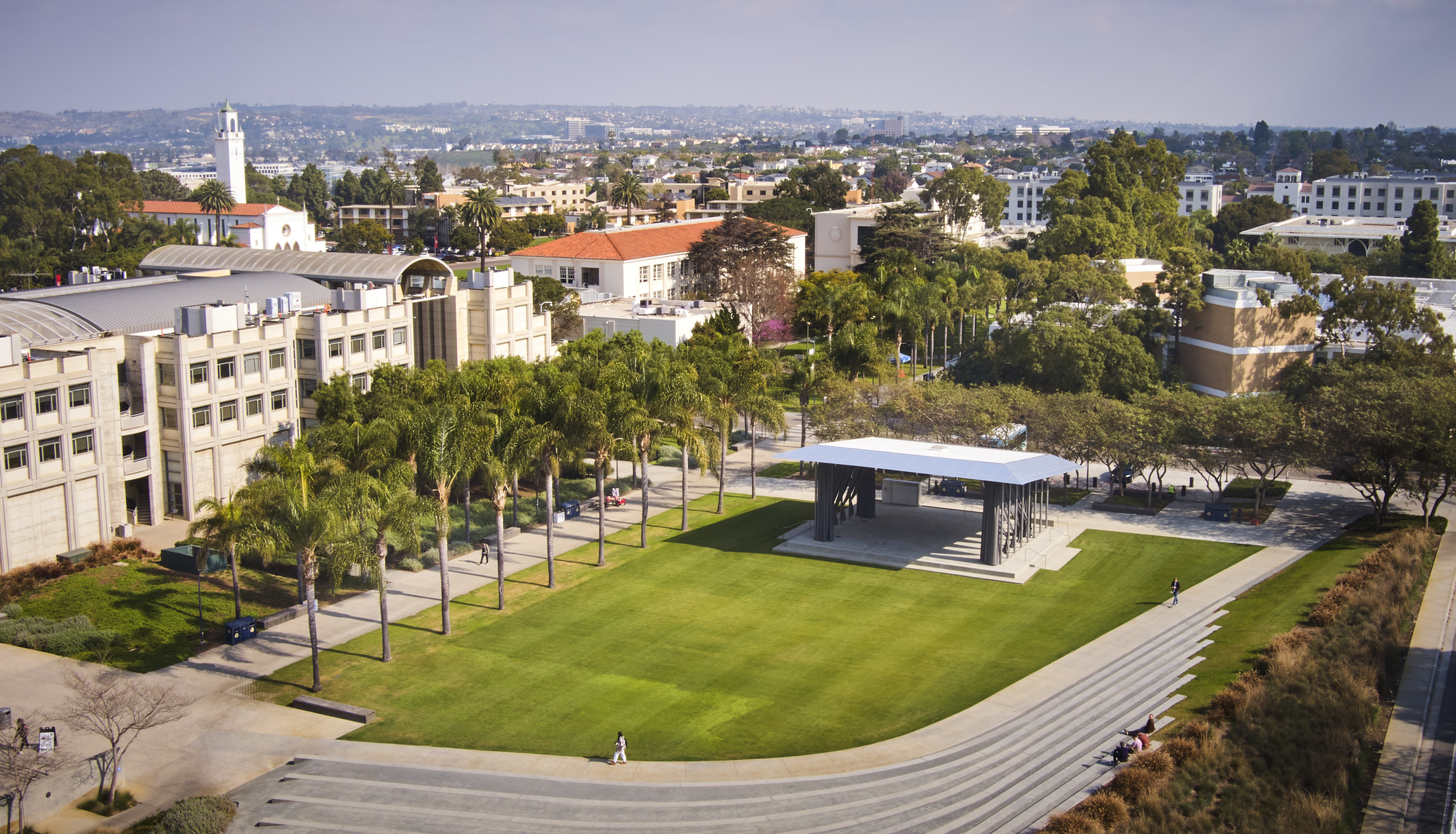
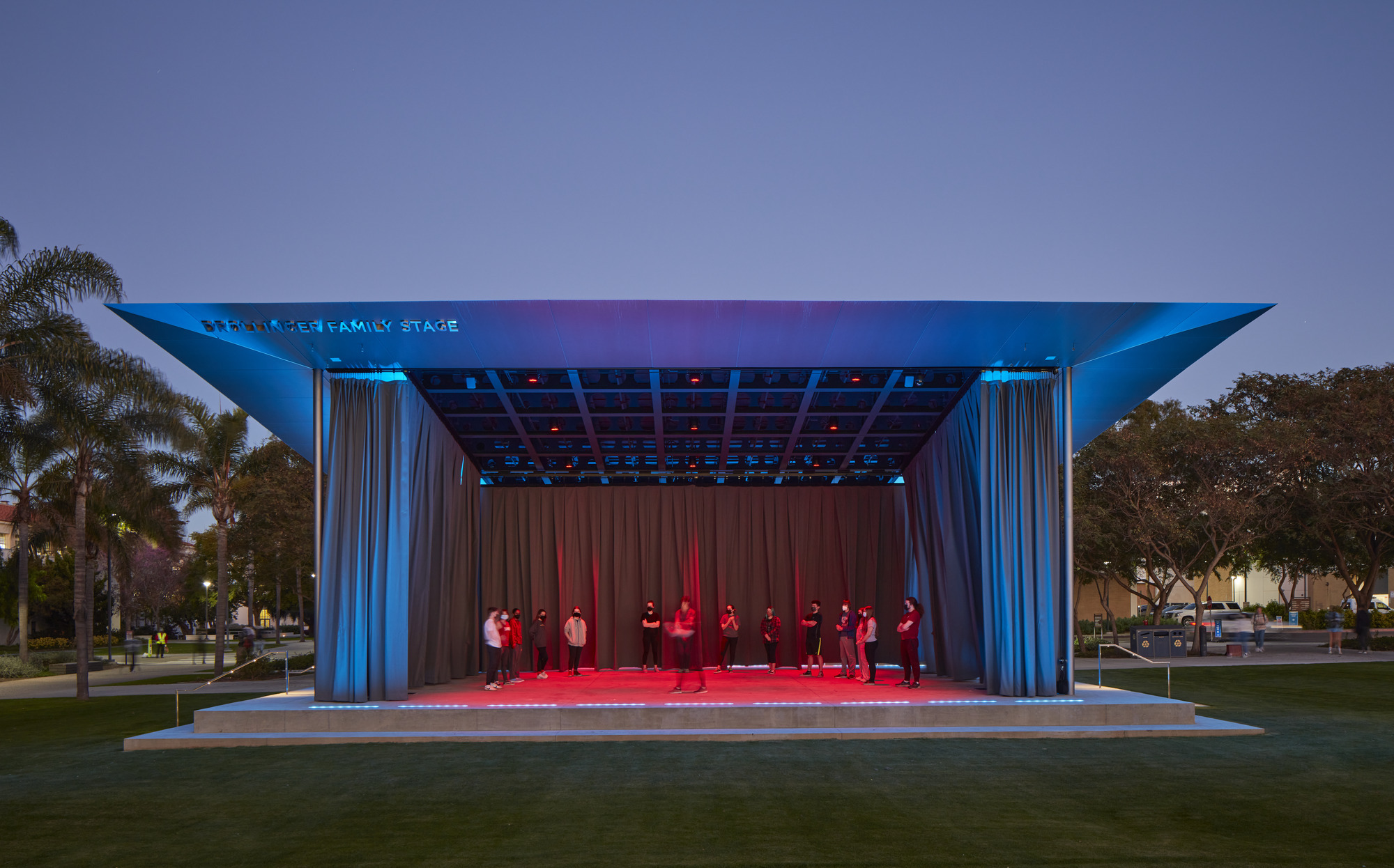
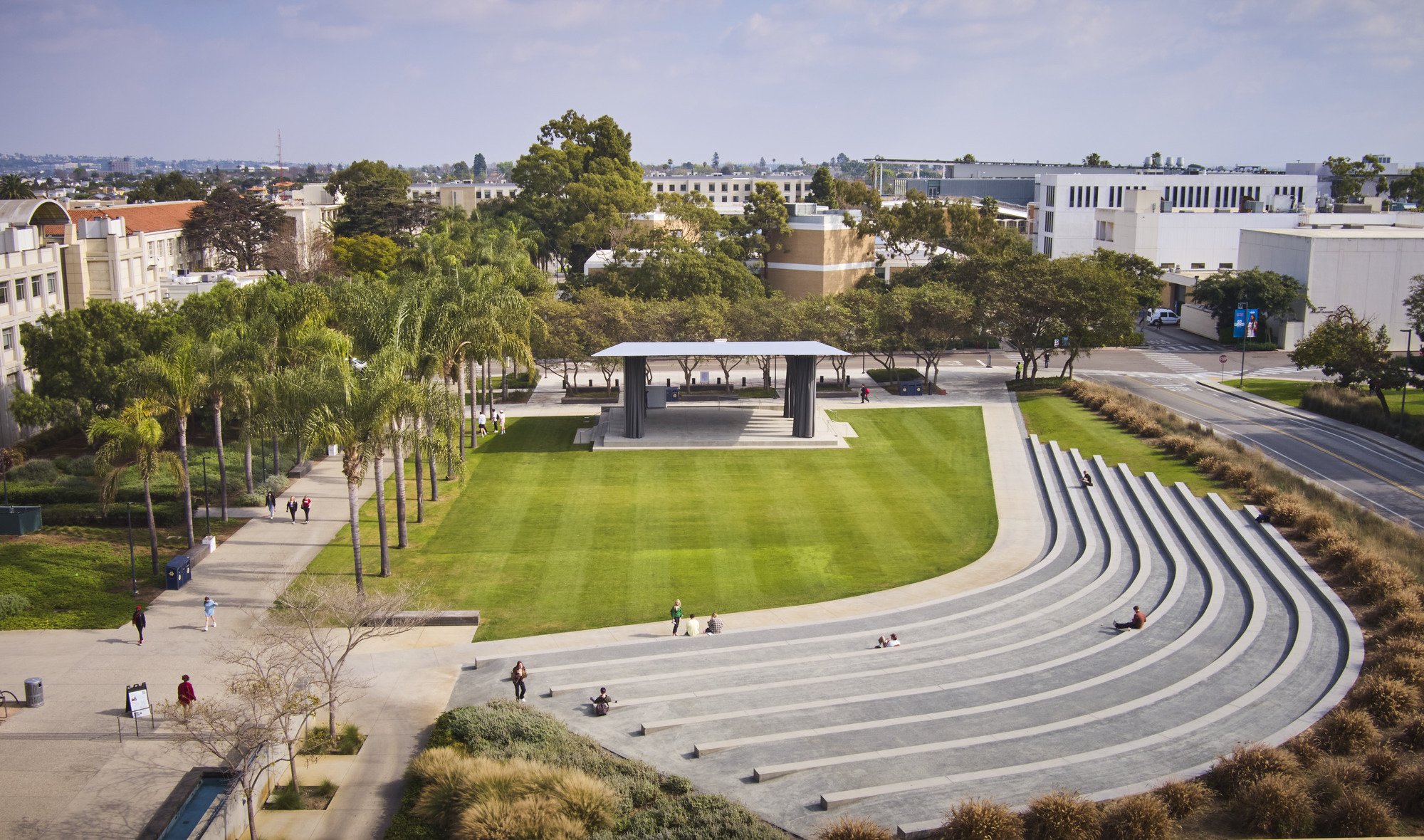
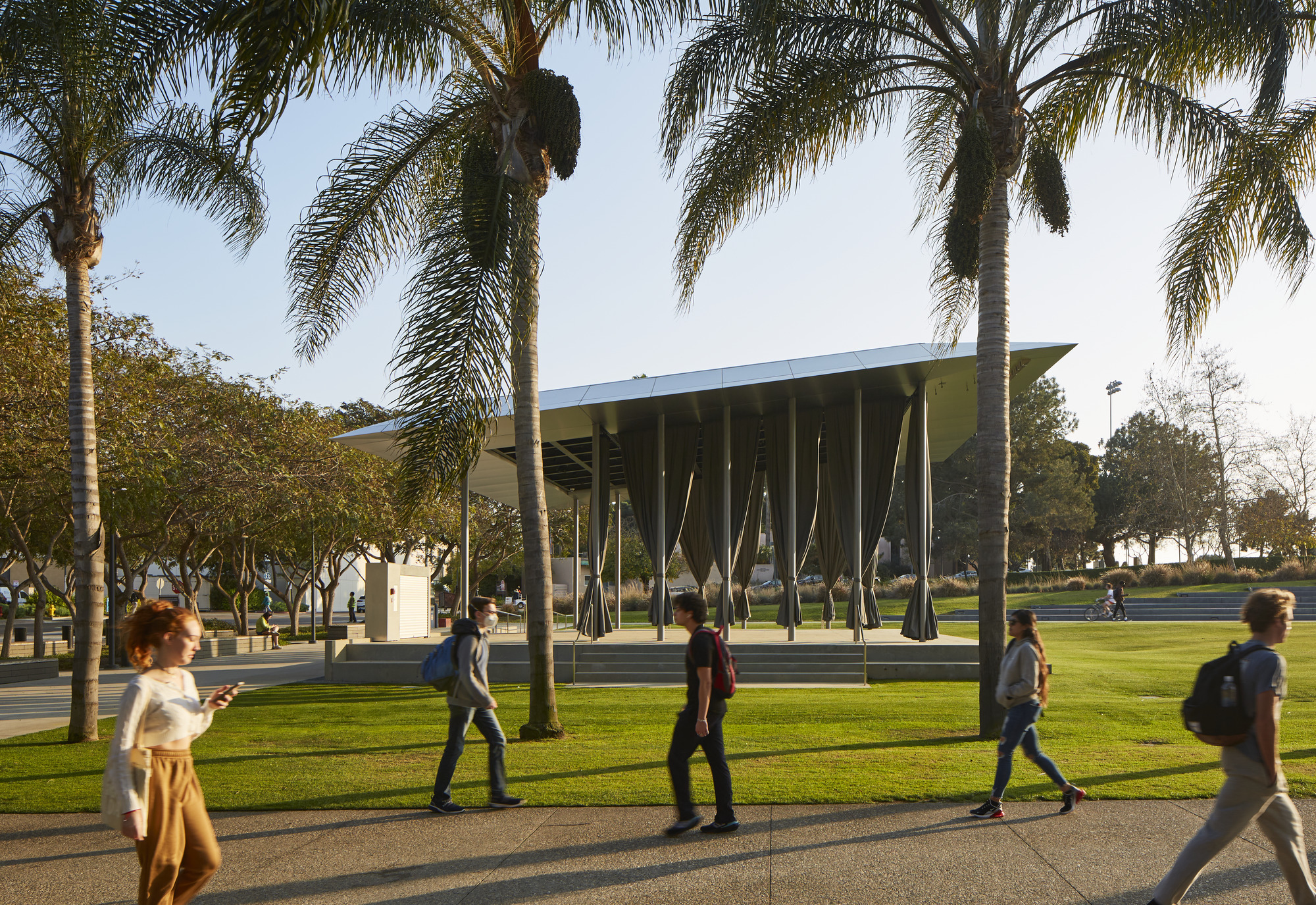
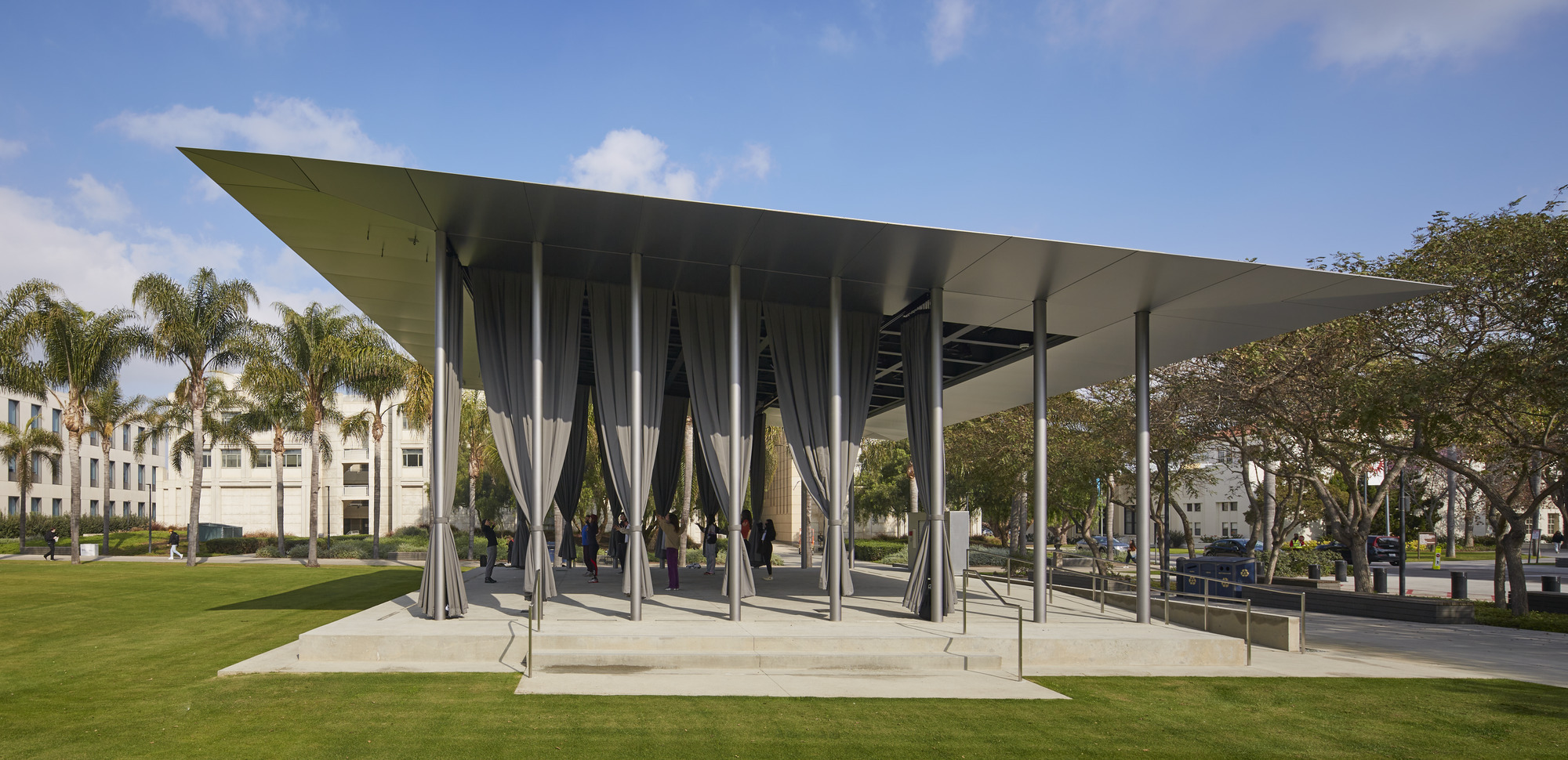
Related Stories
University Buildings | Jul 23, 2020
Two eight-story residential towers and a dining commons complete on Cal Poly Pomona’s campus
HMC Architects designed the project.
University Buildings | Jul 15, 2020
New Cal Poly Research and Innovation Center includes features for a COVID-19 world
ZGF Architects is designing the building.
University Buildings | Jul 14, 2020
Cornell College partners with Johnson Controls to improve campus energy efficiency
The plan will reduce the college’s energy usage by 20%.
University Buildings | Jun 3, 2020
Renovation can turn older university buildings into high-performing labs
David Miller of BSALifeStructures offers technical advice on renovation of college and university laboratories and scientific research facilities.
University Buildings | Jun 2, 2020
COVID-19 and teaching the next generation of nurses
COVID-19 hasn’t just upended healthcare delivery, the workplace, and all levels of education – the economic toll is still being realized – and capital projects on college and university campuses will inevitably be impacted as public and privately funded projects adjust to the budget crunch.
University Buildings | May 20, 2020
JCJ Architecture, Moody Nolan complete UCONN's Student Recreation Center
The project sits at the center of the Storrs campus.
University Buildings | May 19, 2020
Clemson's new Outdoor Education Center uses a Mass Timber Structural System
Cooper Carry designed the project.
University Buildings | Apr 29, 2020
Dixie State University's new Human Performance Center
Hastings+Chivetta designed the project.
Coronavirus | Apr 10, 2020
COVID-19: Converting existing hospitals, hotels, convention centers, and other alternate care sites for coronavirus patients
COVID-19: Converting existing unused or underused hospitals, hotels, convention centers, and other alternate care sites for coronavirus patients
University Buildings | Apr 9, 2020
Designing for the next generation of student life: Academically aligned
Since many academic departments have been concentrated in their own buildings or portions of campus, bringing these disciplines into a shared facility is fairly new territory.


